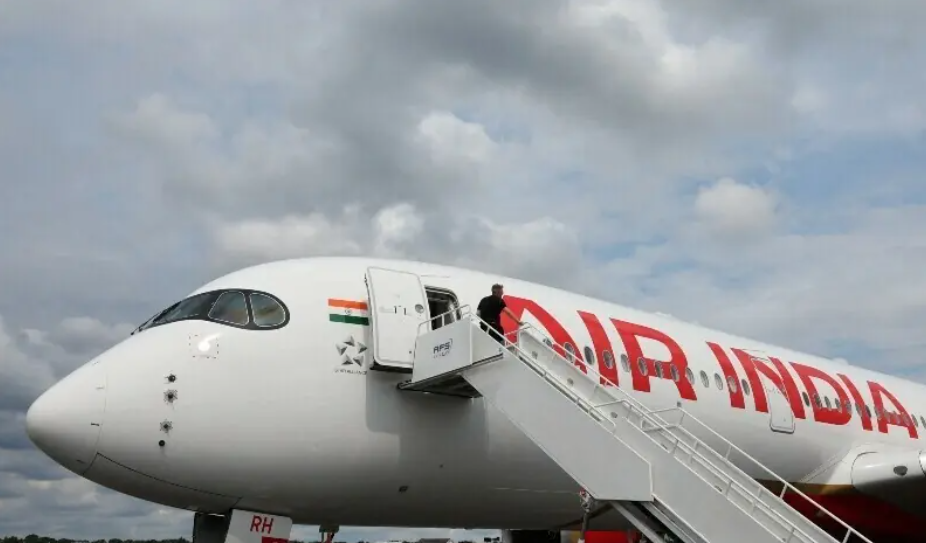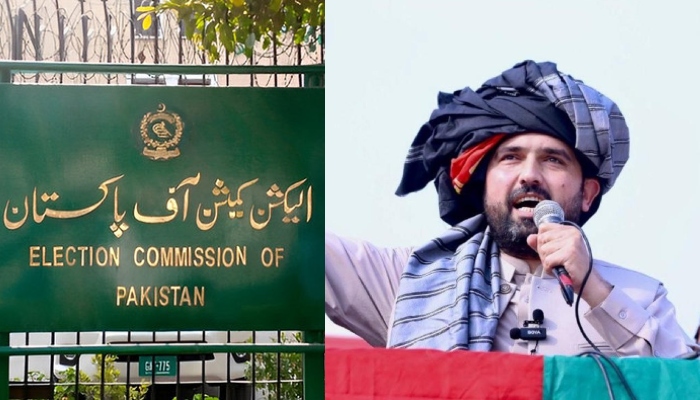POLITICS & POLICY MAKING

The Pakistan Airports Authority (PAA) has issued a fresh NOTAM extending the country’s airspace ban for Indian aircraft until December 24, marking yet another continuation of restrictions that began earlier this year amid deteriorating relations between the two nuclear-armed neighbours.
The updated NOTAM was released on Wednesday, just four days before the previous ban was set to expire. The restriction took effect at 2:50pm Pakistan Standard Time on November 19 and will remain in force until 4:59am on December 24.
According to the notification, the ban applies to all Indian-registered aircraft and any aircraft owned, operated, or leased by Indian airlines or operators, including military flights. The closure extends from ground level to unlimited altitude and affects both major Pakistani Flight Information Regions — Karachi (OPKR) and Lahore (OPLR).
Background of Escalating Tensions
Airspace restrictions were first imposed in late April after an attack in Pahalgam, in occupied Kashmir, killed 26 people. India accused Pakistan of supporting the attackers, a charge Islamabad strongly denied, offering instead to facilitate a neutral investigation.
The situation further worsened after New Delhi suspended the Indus Waters Treaty, prompting Islamabad to introduce several retaliatory measures — including closing its airspace to Indian carriers. In early May, both sides engaged in their most intense military confrontation in decades, with Pakistan claiming it shot down seven Indian jets.
Islamabad has since renewed the airspace ban multiple times, the most recent extension coming in mid-October, pushing the deadline to November 24.
Economic Impact on Airlines
The restrictions have placed a heavy financial burden on Indian airlines, especially long-haul operators. Air India, which maintains India’s largest international network, has reported fuel cost increases of up to 29%, with some flights facing additional travel times of nearly three hours due to rerouting.
A document submitted by Air India to Indian authorities estimated an annual pre-tax financial impact of $455 million stemming from Pakistan’s airspace closure — a significant sum considering the carrier’s fiscal 2024-25 loss of $439 million. Other airlines, including IndiGo, are also incurring higher operational costs on international routes.
In an attempt to mitigate losses, Air India has reportedly urged the Indian government to negotiate access through a restricted military zone in China’s Xinjiang region, aiming to shorten long-haul flight paths.
Impact on Pakistan
Pakistan, too, has felt the financial effects of the continued blockade. The PAA reported a revenue shortfall of Rs4.1 billion in August, a little over two months after the airspace closure was reinforced. Overflight fees — a key revenue source for Pakistan’s aviation authorities — have dropped significantly as international carriers adjust their routes to avoid Indian-related restrictions.
As the December 24 deadline approaches, it remains unclear whether regional diplomatic conditions will improve enough for either side to reverse the measure. For now, airlines and passengers continue to bear the consequences of a geopolitical standoff showing few signs of easing.




